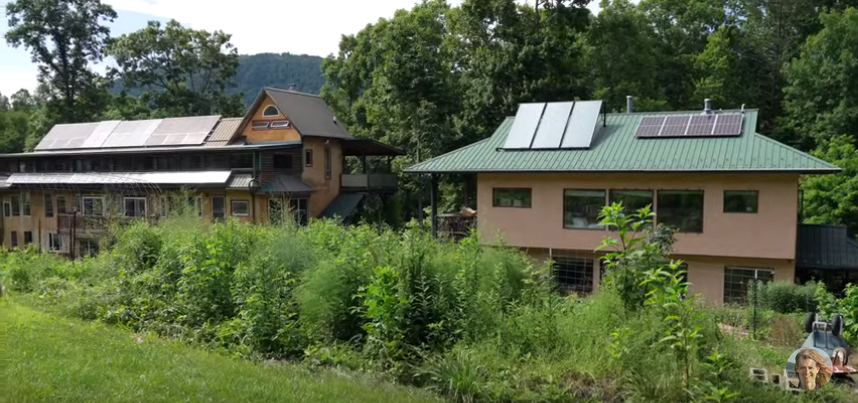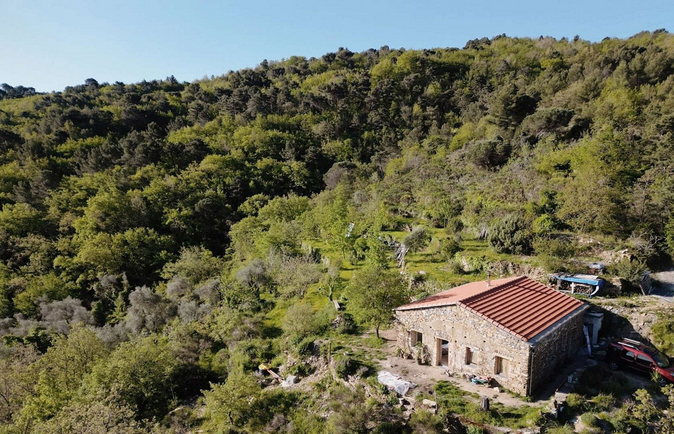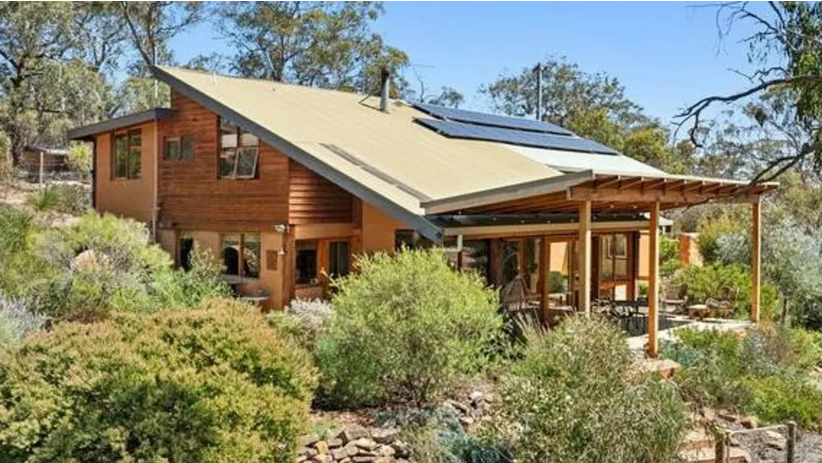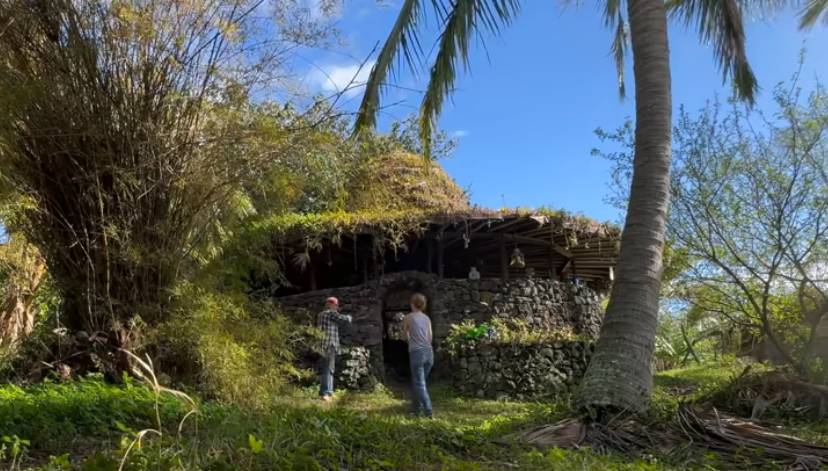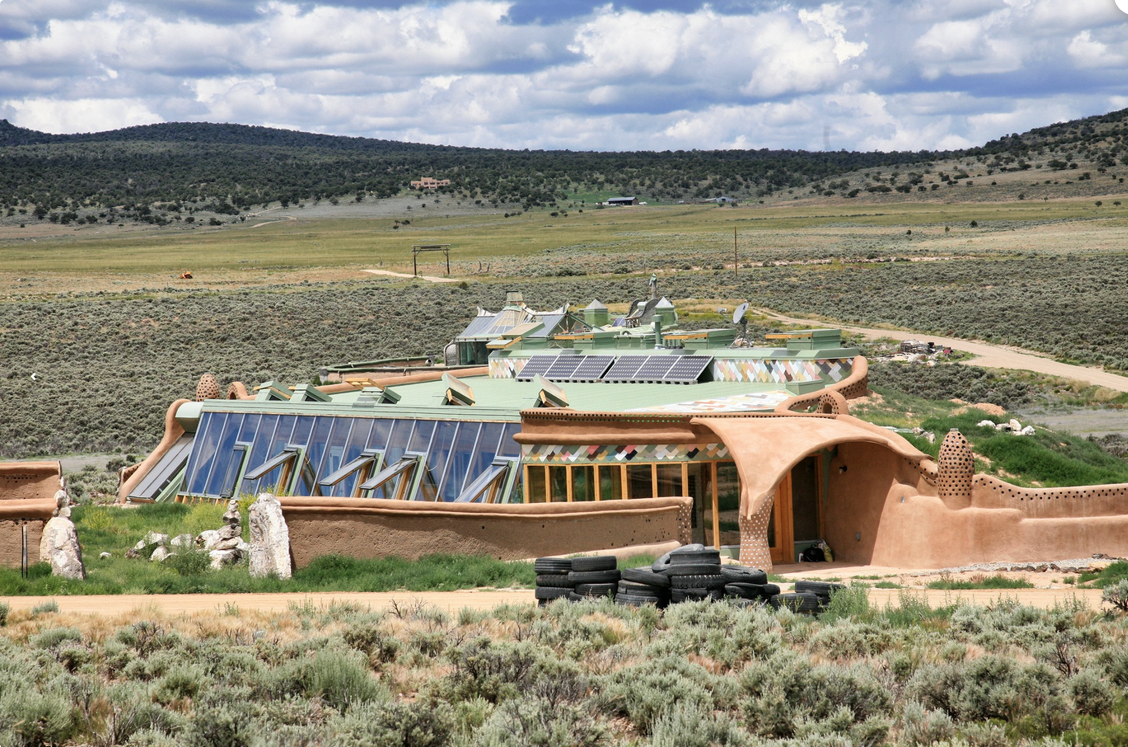Earthaven EcoVillage in North Carolina
Thirty years ago, a group of permaculture experts purchased 329 acres of degraded land in Western North Carolina with a vision: to restore the landscape while creating a new model of communal living. What began as an experiment in living well off the land has grown into one of the nation’s oldest cohousing communities, where … Read more

